Skeletogenesis, specifically. Break it down (no pun intended) and you'll figure out what it means. Skeleto - skeleton; Genesis - origin or beginning. The development of a skeleton. There's a study going on down here looking into the bone development of icefish and red-blooded fish and some really interesting evolutionary questions that come with it.
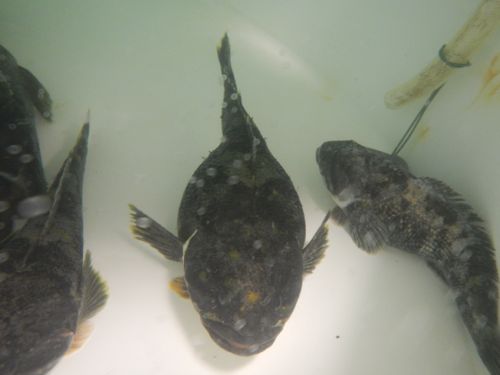
This project involves two veteran scientists - H. William Detrich from Northeastern University in Boston and John Postlethwait from University of Oregon. Dr. Dietrich focuses on the evolution of the inability of Antarctic Icefishes to make red blood cells and also comparative genomics of osteopenia and osteoporosis. That's a mouthful. Translation: Looking at how the bone mineral density is different in Antarctic fishes. Dr. Detrich studies the skeletal structure of the Notothenioids, which is a suborder of fish found mainly in the cold Antarctic waters. Dr. Postlethwait is also studying the genetic basis for the evolution of osteopenia or osteoporosis in Antarctic icefish. They have some undergrads down here working over the winter on their projects. Urjeet Khanwalkar from Northeastern University and Ashley Nelson from University of Oregon in Eugene.
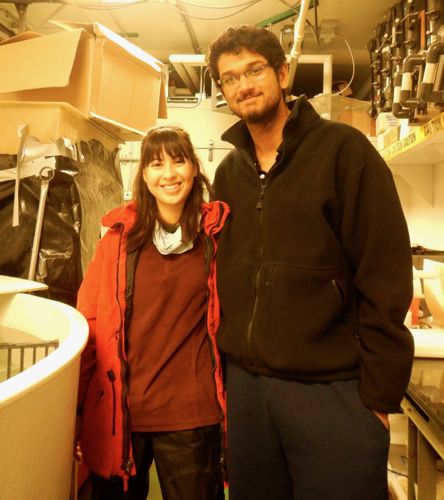
First a question for you - what is the difference between bone and cartilage? Both are connective tissue in your body. Feel your nose...now your ears. That is cartilage. Compare that to the hardness of your head (how hard headed are you?) The Notothenioids have evolved less ossified and more cartilaginous skeletel structures. Okay, context. 55 million years ago (mya) South America and Antarctica separate. The Drake PassageStrait, connecting the Atlantic and Pacific oceans between Tierra del Fuego and the South Shetland Islands. Located about 100 mi (160 km) north of the Antarctic Peninsula, it is 600 mi (1,000 km) wide. opens (which is the super turbulent waters we cross to go to and from Palmer Station.) This opening sets the stage for a circumpolar current. CircumpolarLocated or found within the Earth’s polar regions. meaning a current is circulating the around the polar region and as a result the Southern Ocean is thermally isolated. Remember, when we say thermal we are talking temperature. That was about 40 mya. Time flies, huh? Just a mere 10-14 mya the Southern Ocean cools to below 5 degrees C. These cold, cold waters are highly oxygenated and thermally stable ranging from -1.9 to +1.5 C (making for some very cold swimming.)
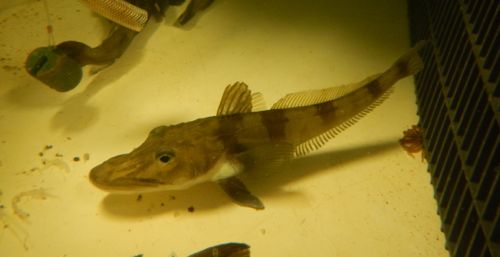
Like the icefishes, the coriicpes don't have swim bladders that allow the fish to regulate their buoyancy. Where are we going with this? Bone is more dense than cartilage. No swim bladder means the fish has to work harder to move up the water column. Last time I was down here, I got trapped in a freezing room placing icefish eggs into cryovials in anticipation of fertilizing them in vitro and then examining the development of bone cells and cartilage in these fish. In vitro means the egg is fertilized outside the body. Then you can examine the eggs at all stages of development.
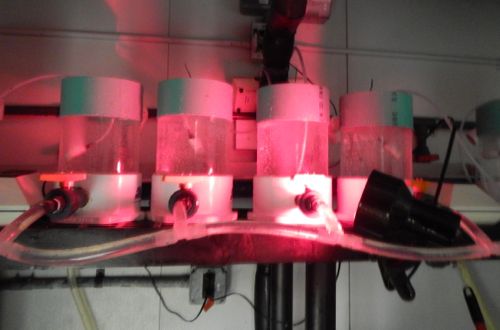
They are doing a similar thing this season. The eggs are fertilized and in various stages of development. The focus is to study the development of the bone and blood development in red and white-blooded fishes. In this case the Notothenia coriiceps and the Chaenocephalus aceratus. Blood and bone develop in sync. White-blooded fish have more cartiledge. They also have no hemoglobin. The question is does the lack of hemoglobin influence bone development or should I say lack thereof? Is there an evolutionary advantage to this? Remember, if something sticks around in nature, there is usually an advantage to it. The hypothesis is that there is an evolutionary advantage for lower bone density and that there is a link between the lack of hemoglobin and the higher cartilage to bone ratio. This research can hopefully help us in ways to understand blood and bone disorders in humans. Sickle-cell anemia, osteoporosis, what genes are connected to the overall development and/or how can we better treat these things? There is a tendency of people with sickle-cell to develop bone disorders in later life. These are all things you can research in more depth if you want and follow the research as they find out new things.
I strongly recommend that you check out this really cool, 13 minute video on icefish. In fact, Dr. Detrich is featured in it. The other scientists in this video, Art DeVries and Christina Cheng have made huge strides in the study of Antarctic fishes and have been down to Palmer for research.
http://www.hhmi.org/biointeractive/making-fittest-birth-and-death-genes
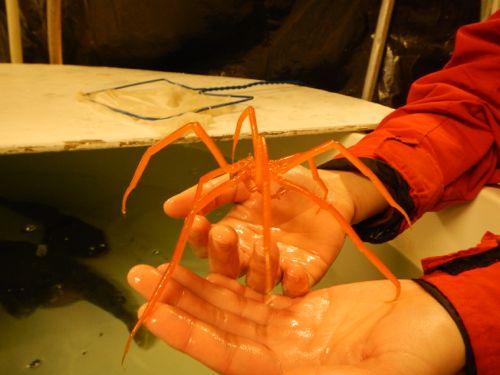


Comments